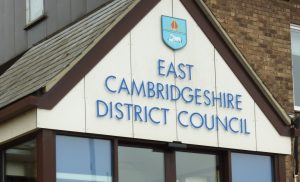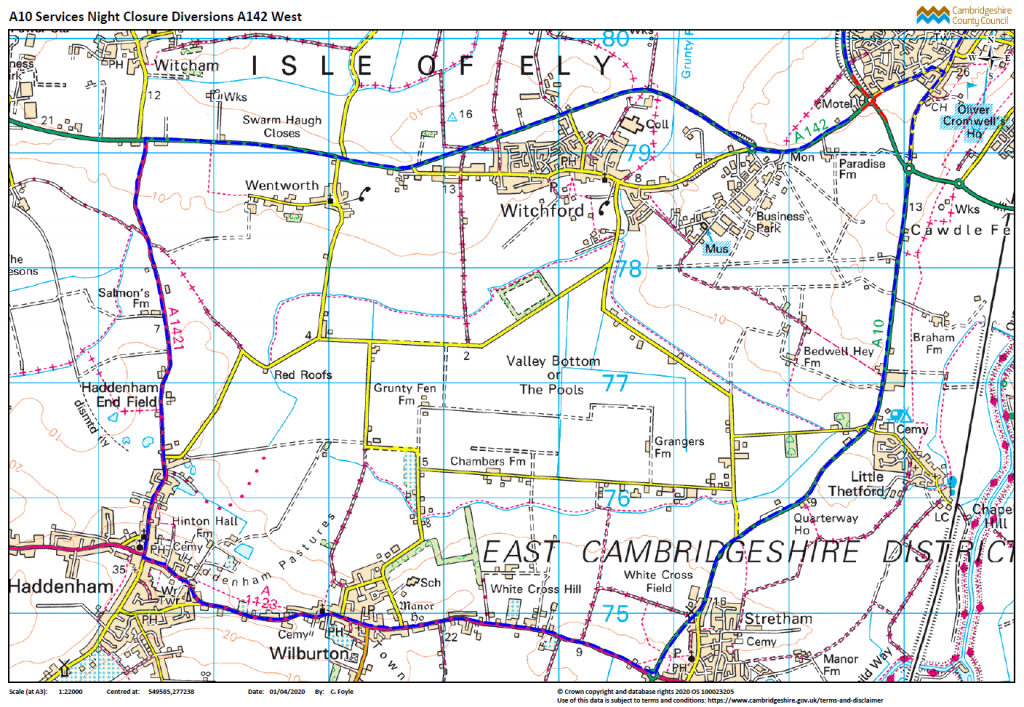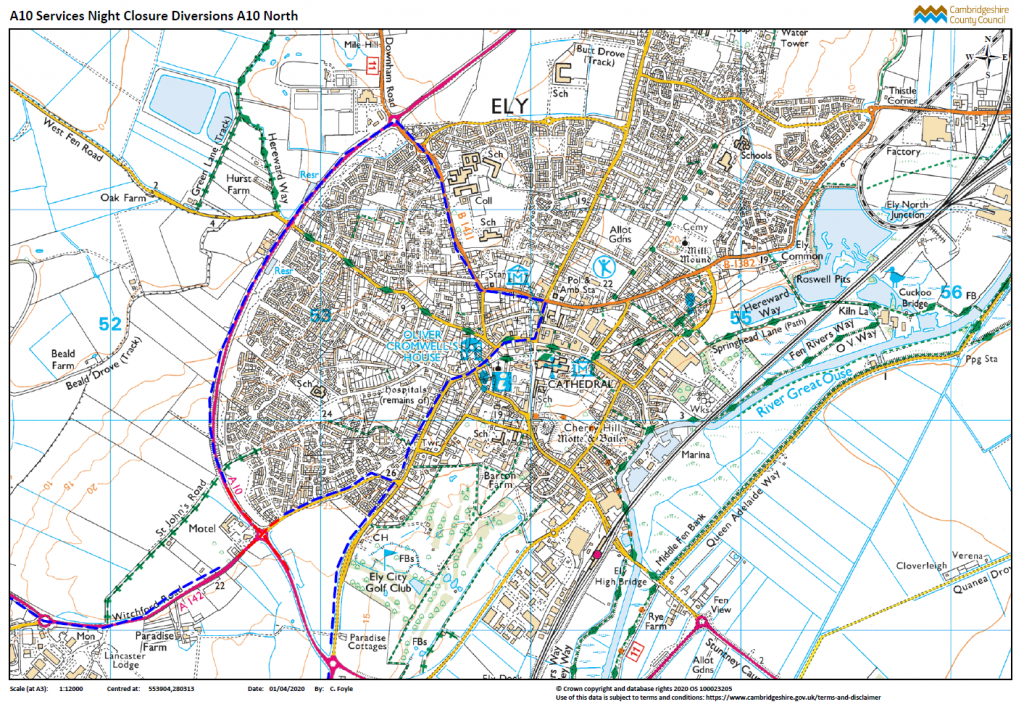
October is Black History Month, so every day during October I will be posting up an introduction to an historical person of colour with a place in the history of the United Kingdom.
Writer and composer Charles Ignatius Sancho was born on a slave ship. His mother died shortly afterwards in a Spanish colony in South America, and his father took his own life rather than live as a slave.
Sancho’s owner took him to England and gave him to three sisters at Greenwich. There he attracted the attention of John Montagu, second Duke of Montagu, who took the young man under his wing. Working as a butler in the Montagu household, Sancho developed his interest in music, poetry, reading, and writing. He later opened a grocery shop in Mayfair.
Sancho had his portrait painted by celebrated artist Thomas Gainsborough, corresponded with novelist Laurence Sterne on the need to abolish the slave trade, and was the first person of African origin to vote in Britain, as well as being the first person of African descent to be given an obituary in the British press when he died from the effects of gout in 1780. He was buried in St Margaret’s churchyard in Westminster.
More about Charles Ignatius Sancho at https://en.wikipedia.org/wiki/Ignatius_Sancho












